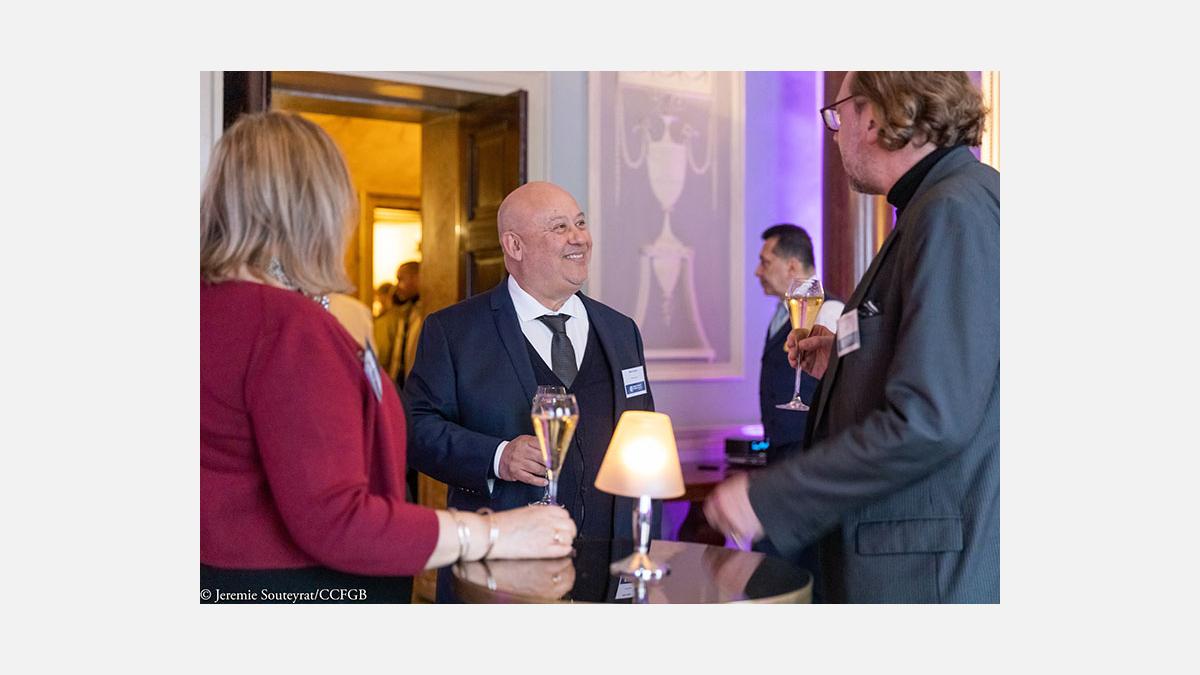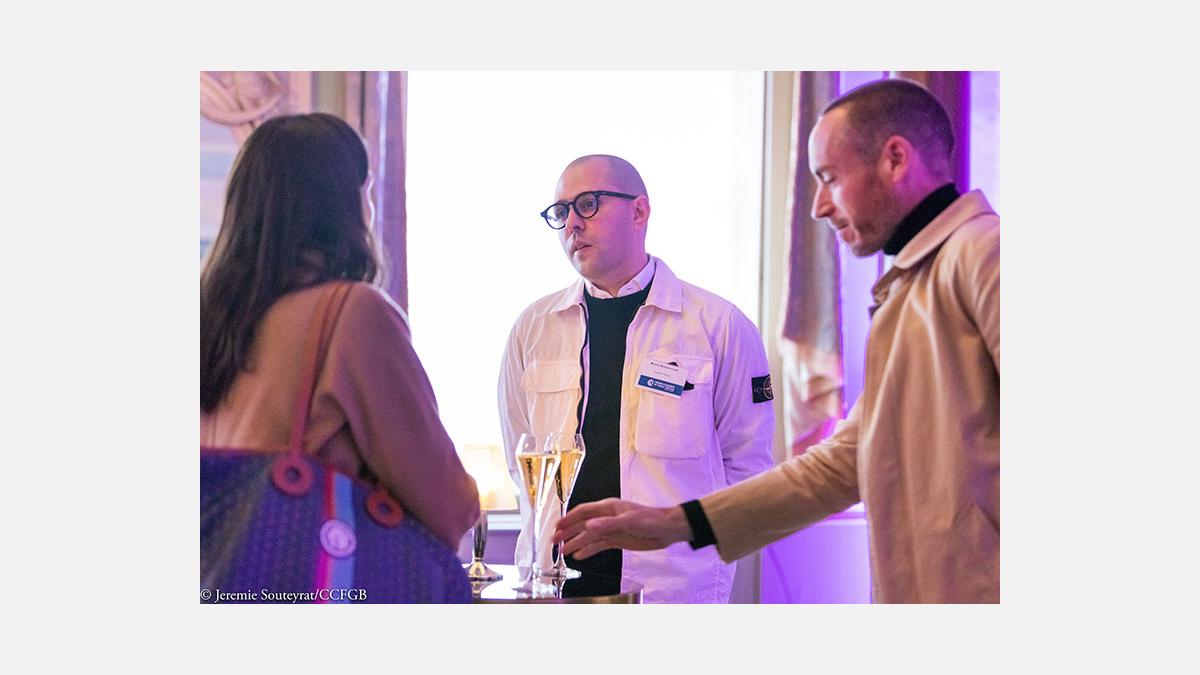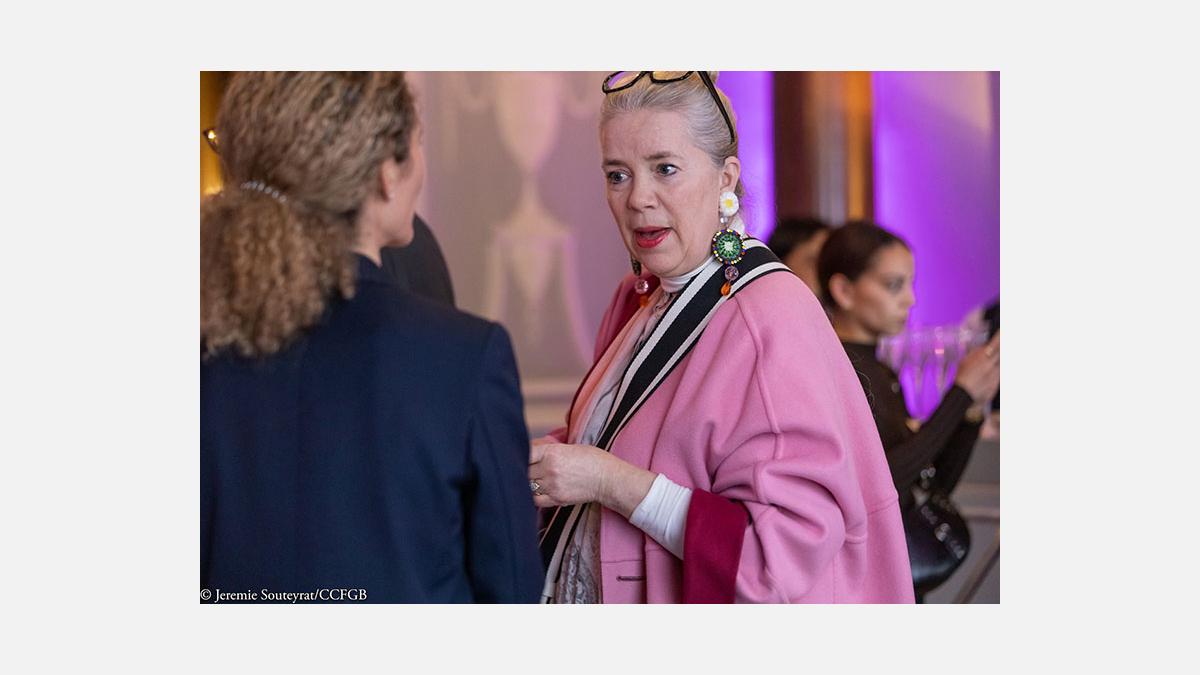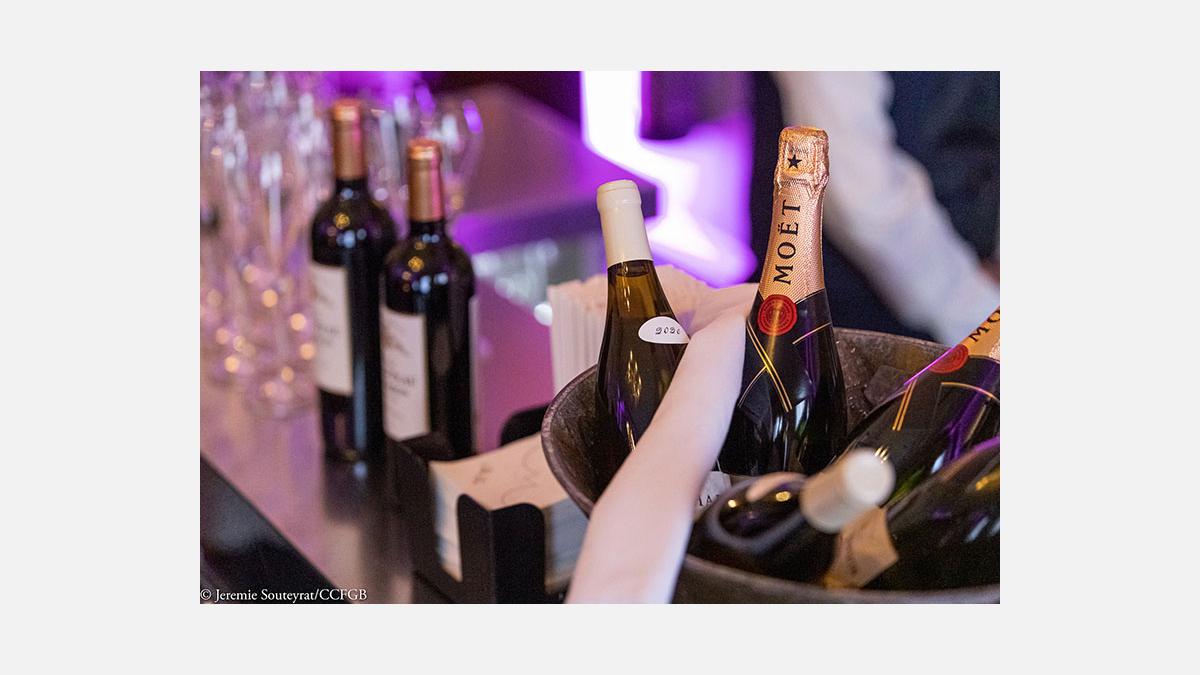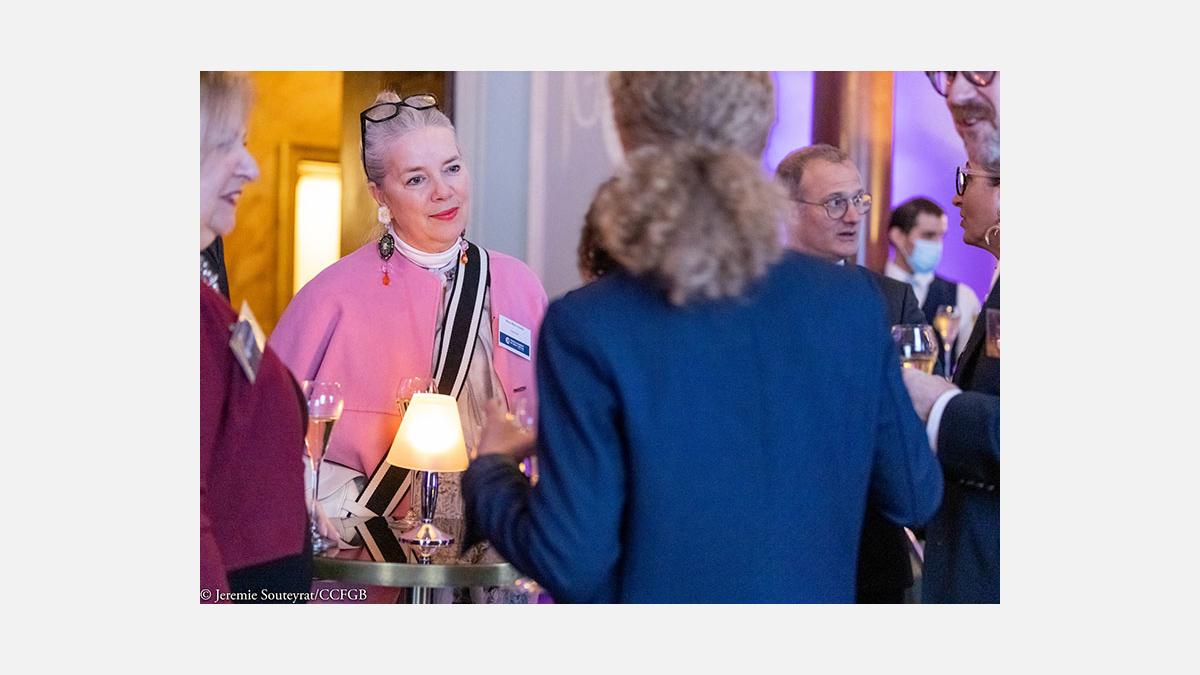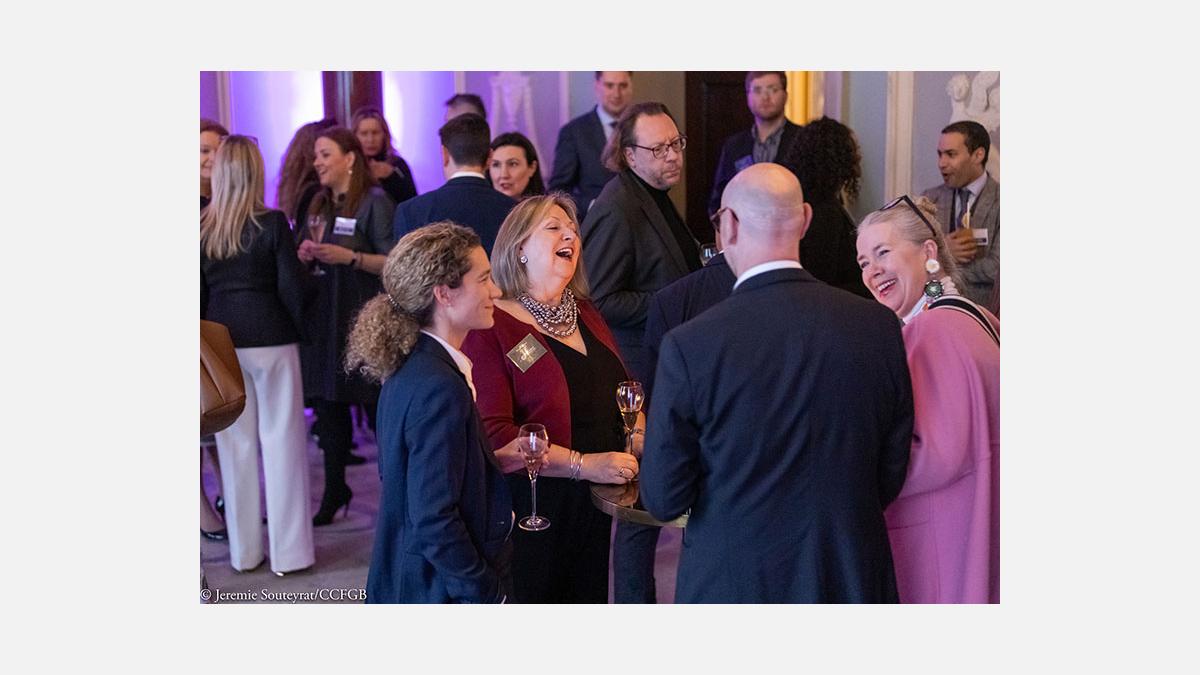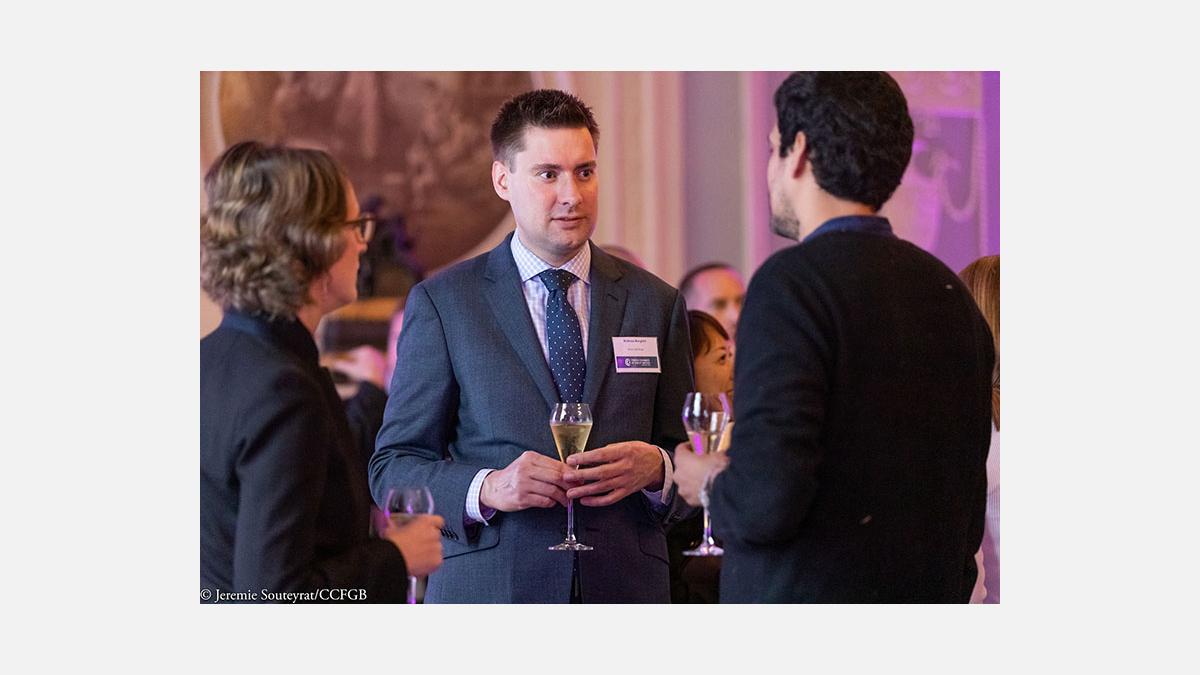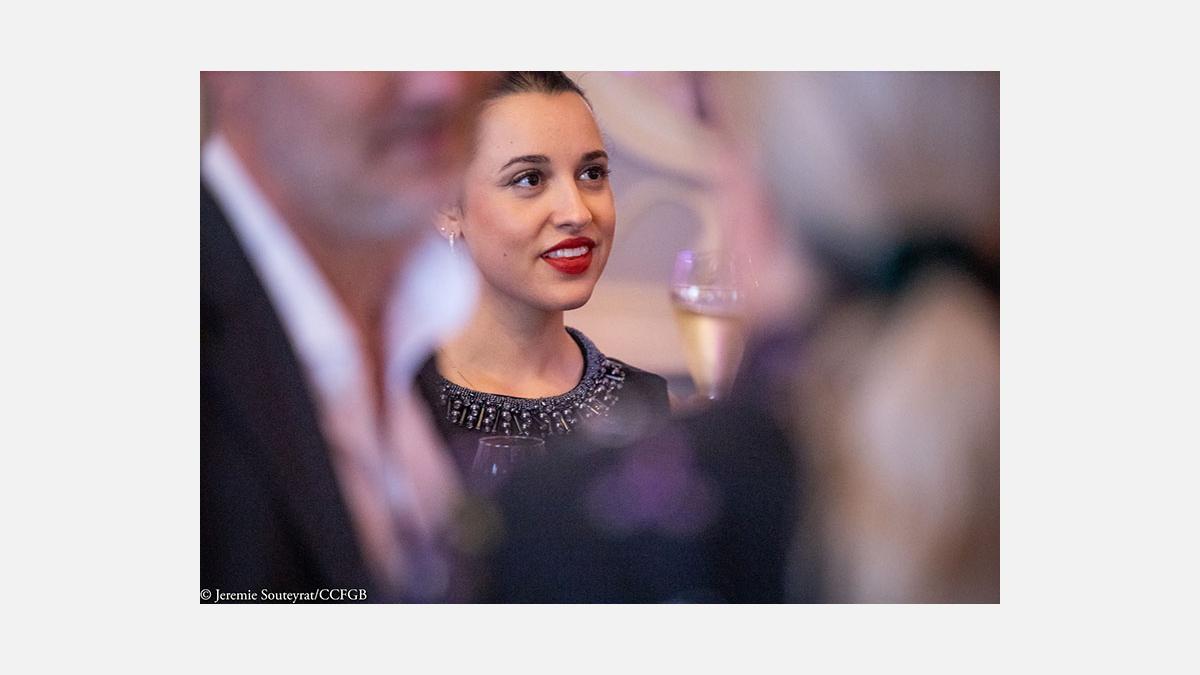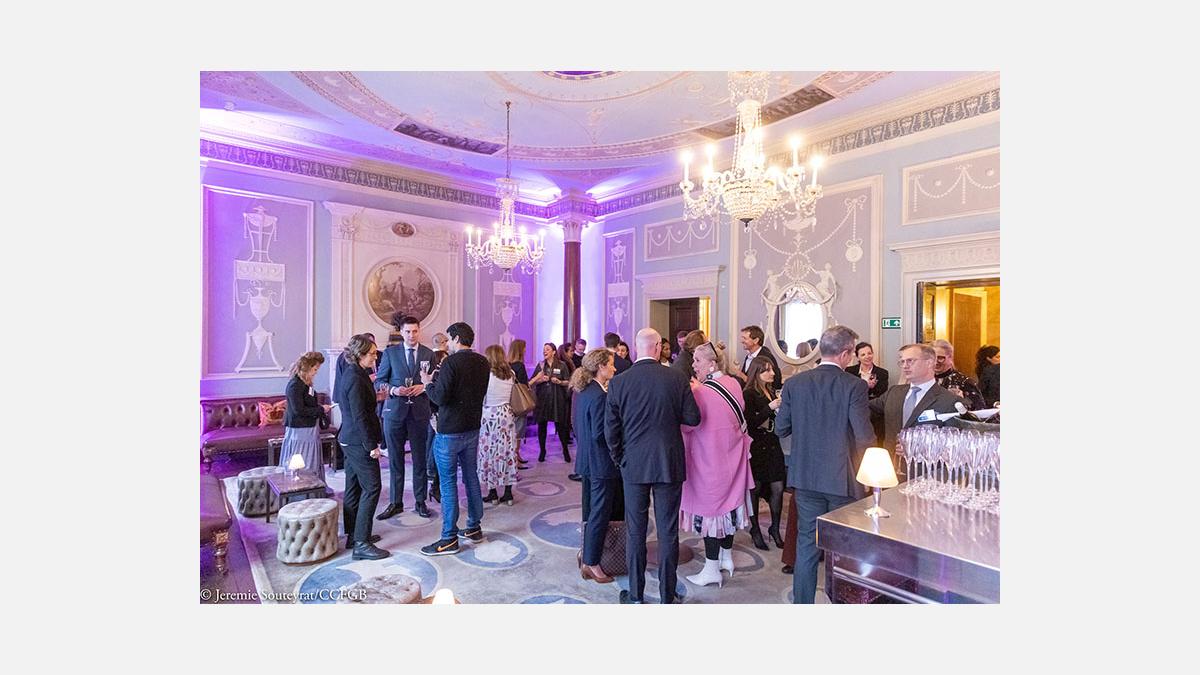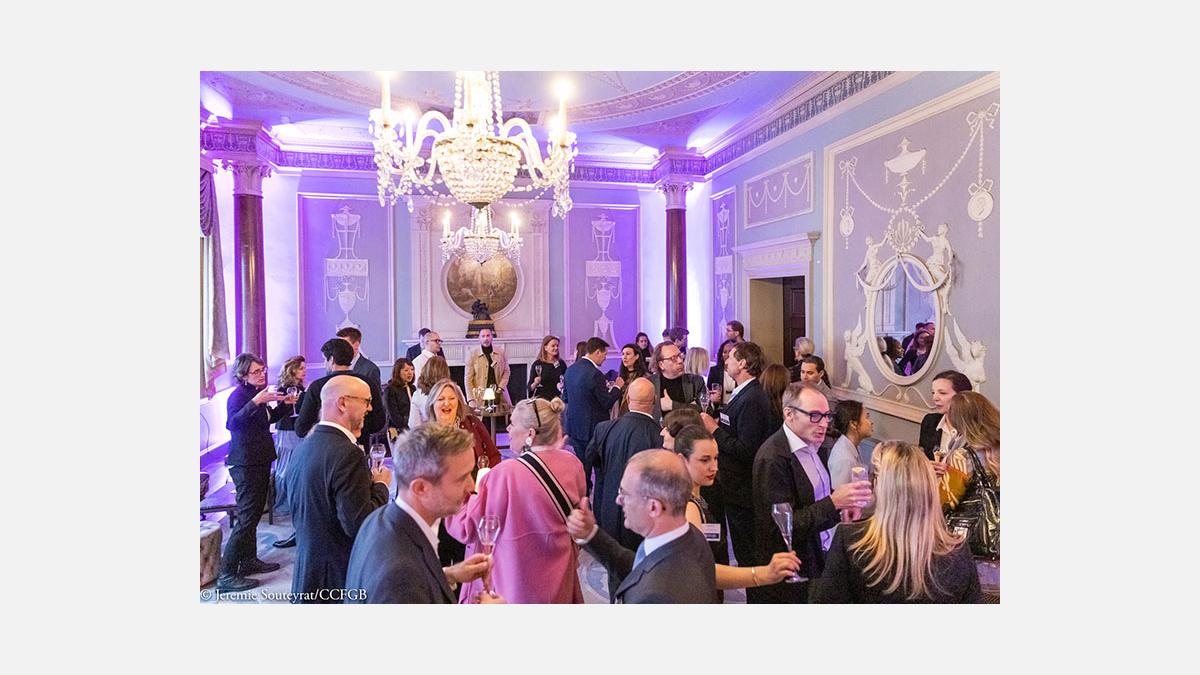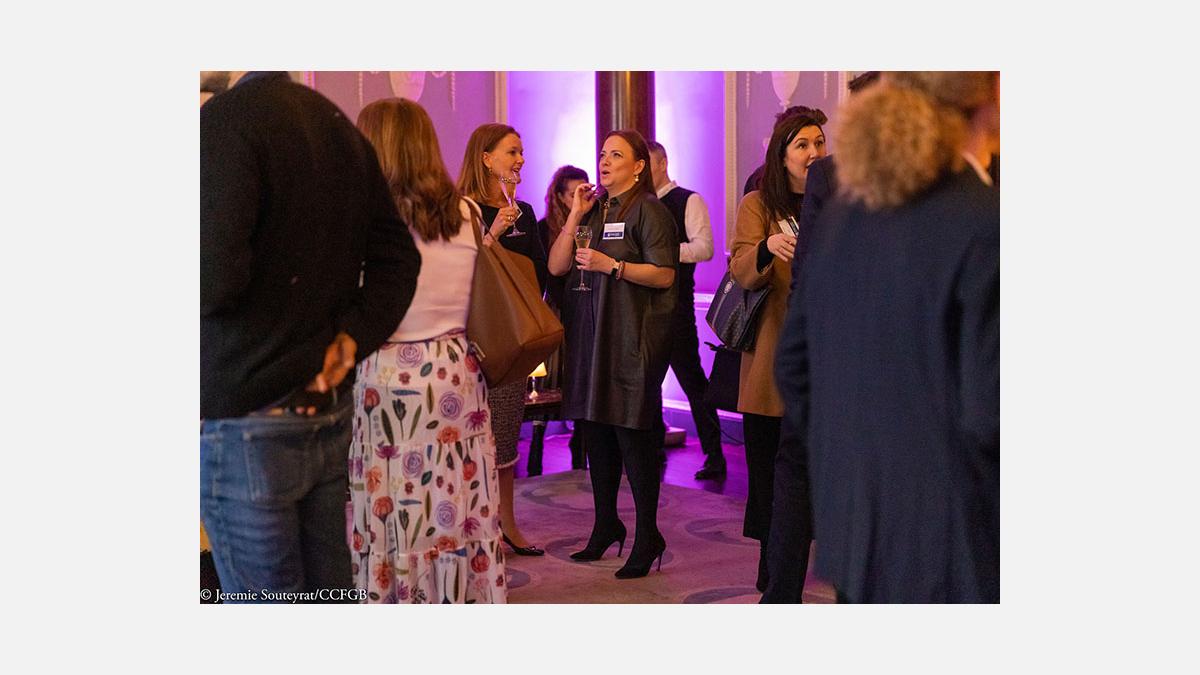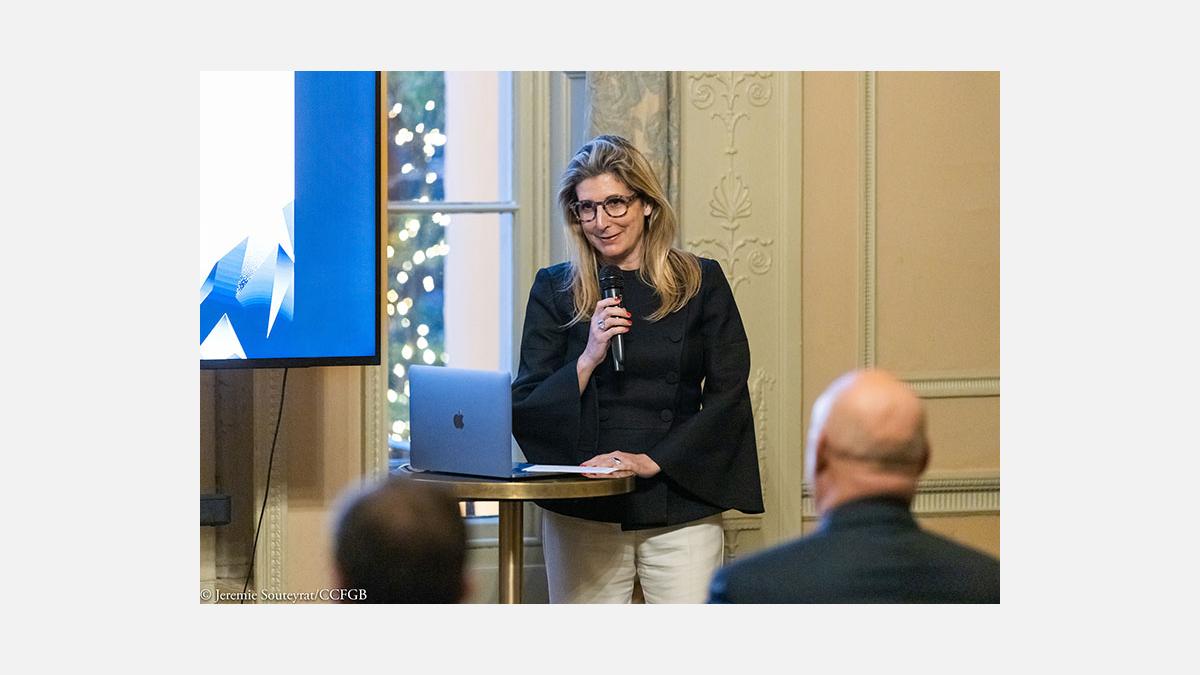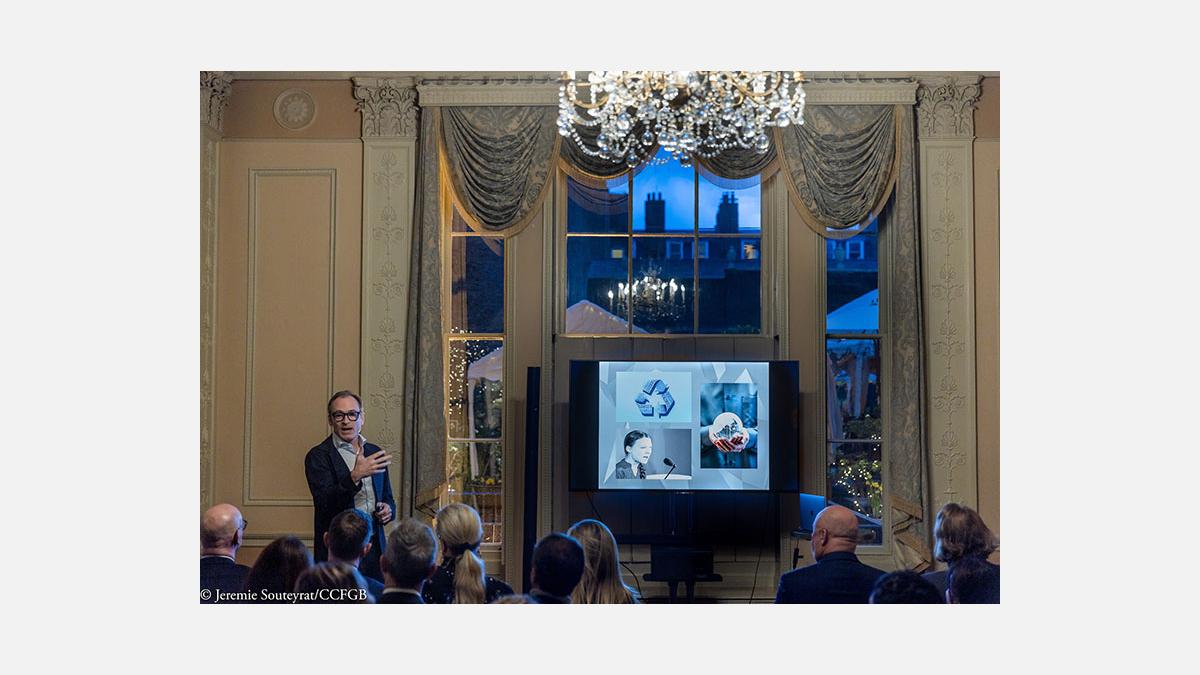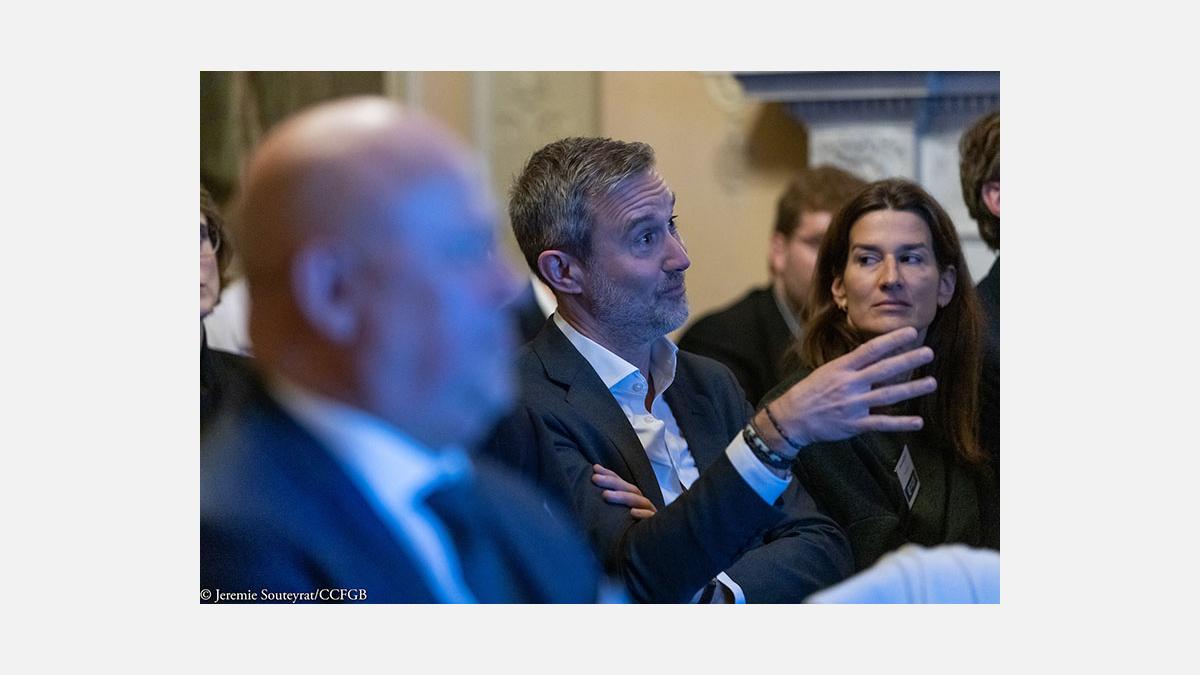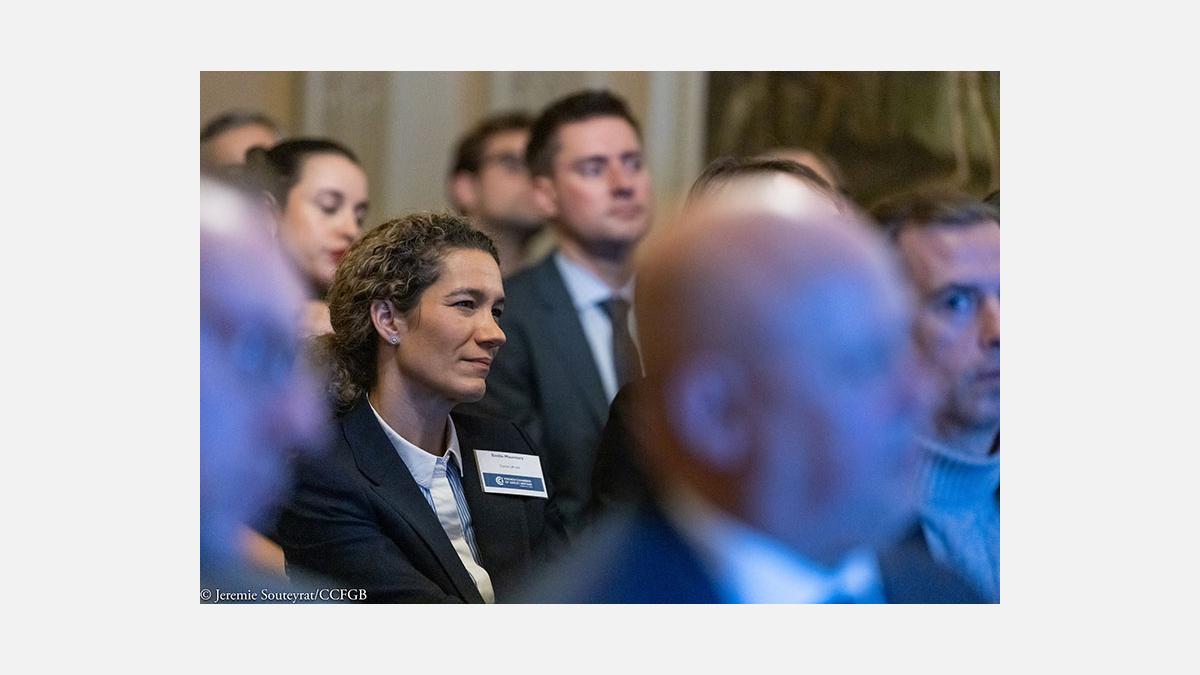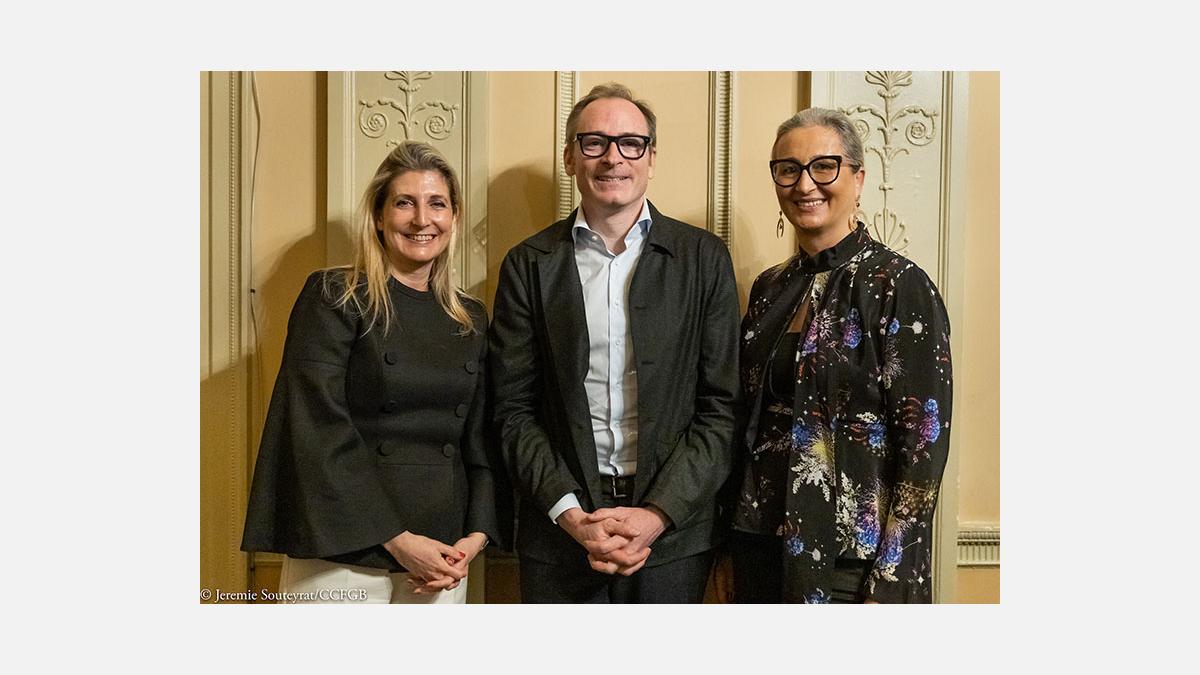Event report Mode - Luxe
Luxury Club Reception - Luxury sector outlook and future trends
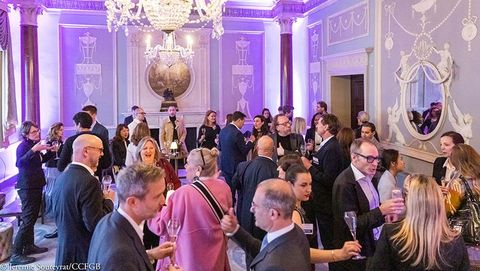
Members of our Luxury Club gathered at Home House on Wednesday 30 March for their first event of the year.
Members of our Luxury Club gathered at Home House on Wednesday 30 March for their first event of the year. They had the chance to hear from Erwan Rambourg, leading analyst of global trends within the luxury sector, about what lies ahead for the sector over the next decade. The talk was followed by a drinks reception during which guests enjoyed champagne kindly offered by Moet & Chandon.
Read our short summary below to find out more about the key points raised during Rambourg’s talk.
The ‘4 Cs’
The long-term trends within the luxury sector can be analysed with a specific focus on these four areas:
China
Despite the growth of new markets for luxury around the world, the Chinese one looks set to retain its dominance. Markets were spooked last year by President Xi’s ‘common prosperity’ policy, but this was largely misread: in fact, less than 10% of sales in China are to high-net-worth individuals. Brands need not focus on how to increase their market share, but rather on how to increase sales within their target market, which is currently made up mostly of first-time buyers.
Travel restrictions have led to more local spending within China. The ‘units per transaction’ measure is starting to soar. Lockdowns have seen the Chinese market underperforming, but this is only in the short term.
Consolidation
There are ‘VAST’ advantages that come with being a large-scale brand within the luxury sector, relating to Voice, Authority, Synergies and Talent.
Especially in light of travel restrictions, it is very difficult for smaller luxury brands to emerge. On the other hand, being a part of a large group brings clear advantages, including the ability to capitalise rapidly on others’ experiences to adopt new strategies, and greater opportunities to attract the best talent, so there is a clear rationale for mergers and acquisitions within the luxury sector.
Channels
As the pandemic eases, Rambourg is confident that consumers will go back to physical stores, however with the expectation of finding the same levels of personalisation they now enjoy on digital channels.
To this end, brands must move away from global uniformity across stores and start to embrace a trend towards mass customisation, with every store needing to be adapted to the specific consumer and neighbourhood it serves. Many brands have adopted pop-ups as a way to trial a new kind of store that focuses less on immediate sales, and more on providing memorable experiences that help create influencer networks.
Conscience
Luxury brands are being asked tougher questions on issues relating to sustainability. Not many companies within the sector are talking about these issues yet, but things look set to change as sustainability commitments start to be seen as a competitive advantage.
For Rambourg, luxury brands always reflect the cultural zeitgeist, and in the end, the consumer decides: if a brand cannot reasonably prove its sustainable credentials, it will lose out on consumer interest.
Rambourg warned that while first-time buyers might not be sensitive to sustainability credentials, these rapidly become imperatives for repeat buyers. Luxury brands should therefore be ready to see similar questions coming in from China and the new markets in a few years’ time.
Looking at mid-term trends, Rambourg highlighted two particular trends to look out for:
The US
The surge in demand for luxury items seen over the past two years can be attributed both to wealth effects and to a cultural shift.
The American public has become much more knowledgeable about luxury brands over the past ten years and developed a greater appetite for them.
There has also been a shift in the way that brands approach the American market. Companies are now attempting to recruit a much younger, much more diverse consumer with not so much awareness of the sector. This is reflected through celebrity sponsorships of luxury brands.
The metaverse
The luxury sector has been very quick to respond to talk about the ‘metaverse’ and only very few brands are yet to launch NFTs. Luxury appeals to the same kind of escapist desire as gaming does. Most brands have embraced the metaverse not because they believe it will drive up sales, but because it will help them appeal to the next generation.
